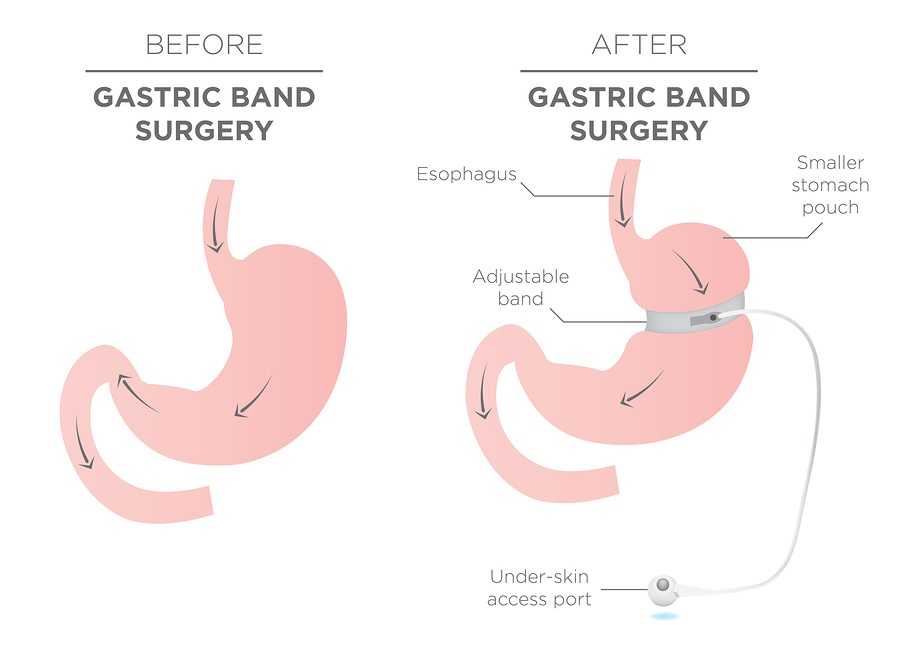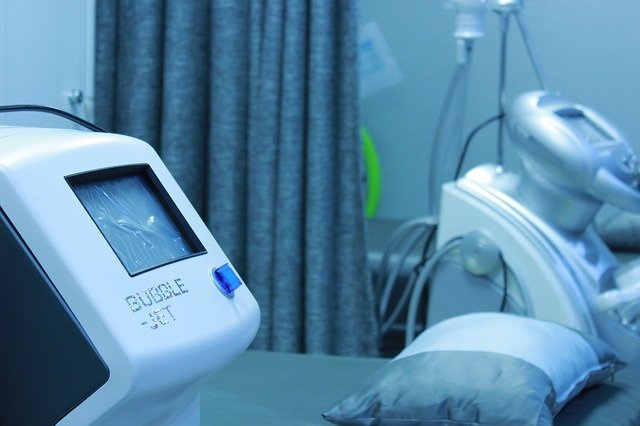Lap Band Surgery
Lap band surgery, also known as gastric band surgery or AGB, can improve obesity-related health issues. It is a simple procedure that lasts roughly one or two hours. This surgery should only be considered if you have a BMI of at least 30. Sometimes, the exception is made for people with a BMI in the high 20’s.
Before undergoing lap band surgery, you need to establish a diet. About two weeks before surgery, you need to make sure you are drinking plenty of water. Protein and vegetable intake needs to be increased, while carbs and sugars are cut out of your diet. Your surgeon may ask you to stop taking medication two days before your surgery. Do not eat, drink, or use tobacco twelve hours before surgery.
What is going to happen?
Essentially, a lap band surgery is a laparoscopic procedure that wraps an adjustable band around the top part of your stomach. This creates a small stomach pocket above your stomach making it easier to get full. As mentioned above, by getting fuller sooner you will not eat as much. Undergoing lap band surgery will help you lose anywhere from 25% to 75% of your excess weight. It can improve or cure any obesity-related problems.
Surgeons use one of two techniques while performing lap band surgery. The perigastric technique is the original technique used, but it is associated with slippage rates of up to 25%. The more commonly used technique today is called the pars flaccida technique. It has reduced slippage rates to a lower 1.4%.
Video Shows the procedure of Lap Band Surgery
If you want to improve issues with diabetes, hypertension, hyperlipidemia, asthma, and sleep apnea, then a lap band surgery is right for you. A patient suffering from comorbidities can lose up to 55% of their excess weight in two years. Lap band surgery is not a magical procedure. It takes time to affect you. It is recommended to eat healthy foods and be on a good diet after going through lap band surgery. Surely, this will help the lap band do its job.

Lap Band Surgery Cost & Insurance
Check your wallet because lap band surgery is expensive without insurance. It can cost anywhere between $8,700 to $29,000; it is often paid for with monthly payments. Fortunately, insurance can pick up most of the tab depending on your condition. However, insurance requires that patients have a BMI of at least 35. A person must be affected by at least two weight associated conditions. The weight associated conditions insurance recognizes are diabetes, hypertension, hyperlipidemia, asthma, and sleep apnea. The patient must be able to prove that their condition is not responding to treatment. Patients with a BMI of 40 or higher do not need to show proof of any weight associated conditions for their treatment to be covered by insurance. It was only a few years ago that lap band surgery was considered experimental and not covered by insurance.
Something to Consider
The lap band surgery can improve your quality of life. Also, the lap band surgery can reduce obesity-related cancers. A data collection on cancer research was performed with a sample of 88,000 patients. The results showed that patients who go through weight loss surgery have 33% less risk of developing cancer.
Weight loss surgery is something you should consider, but remember that the final decision is made by your physician. The decision made by a doctor will rely on the patient’s overall health, current BMI, and any other health issues caused by comorbidity. Lap band surgery can turn your life around. Obesity-related health issues can finally become a problem of the past.








